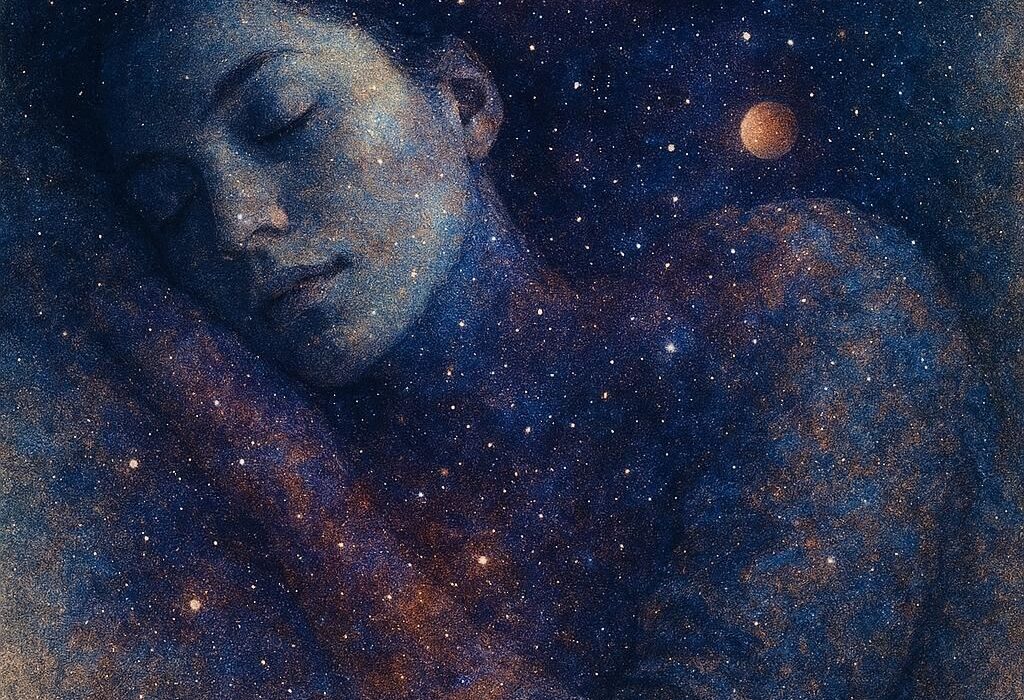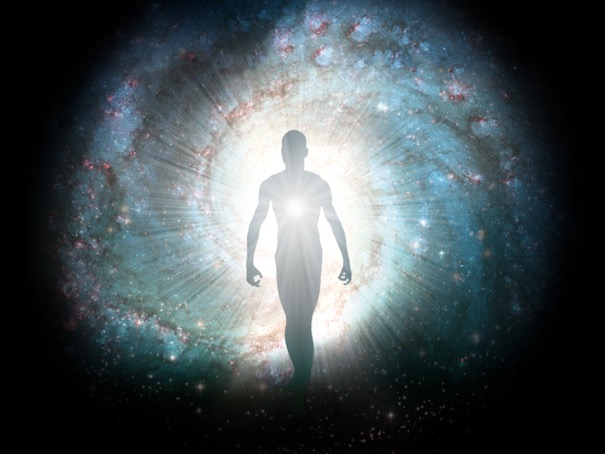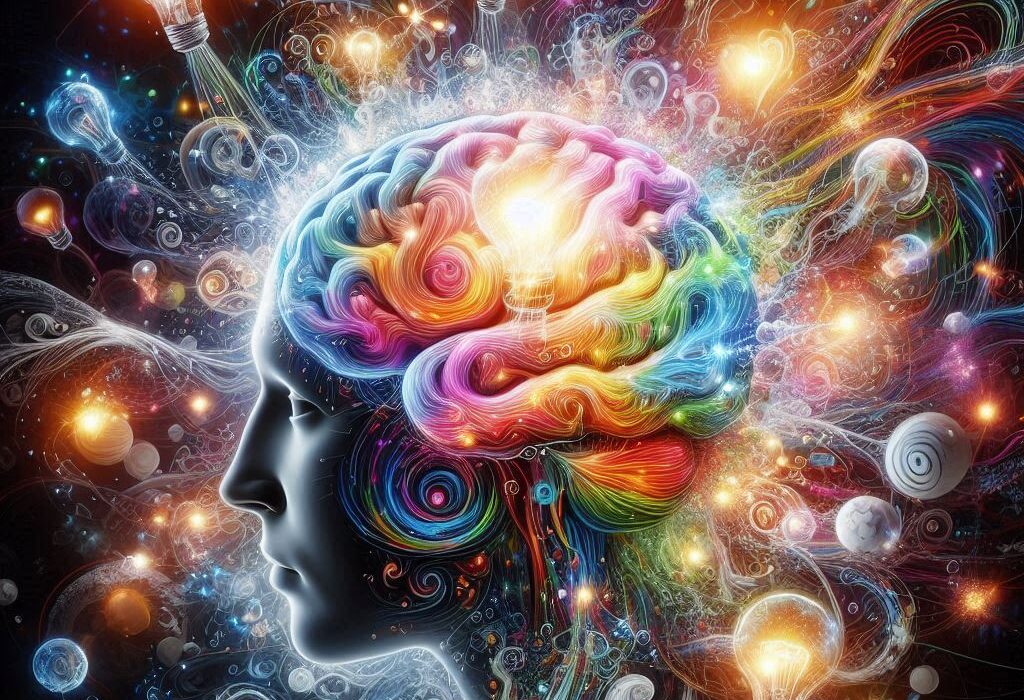There’s a particular kind of sadness that creeps in after the big moments.
After you get the job. After you move into the dream house. After the applause fades, the confetti settles, the Instagram posts go quiet.
You’re left staring at your own life—the one you built, the one you fought for, the one everyone envies—and instead of joy, you feel… nothing.
Not sadness. Not grief. Just a hollow ache. Like something’s missing, but you can’t quite name what it is.
This is the paradox of modern existence: a life that looks full on the outside can still feel unbearably empty on the inside.
And that emptiness is a secret too many people carry quietly.
The Lie of “Having It All”
We live in a world obsessed with accumulation. More status. More success. More money. More beauty. More productivity. From the time we’re children, we’re taught to build lives that look impressive.
And so we chase. Degrees, promotions, partners, vacations, curated moments of happiness. We check off the boxes. We smile in the photos. We say “I’m good” when people ask.
But inside, many of us are exhausted. Disconnected. Haunted by a gnawing question: Is this it?
The emptiness isn’t a sign of failure. It’s often the product of living according to someone else’s definition of success. It’s what happens when we reach the top of a ladder, only to realize it was leaning against the wrong wall all along.
Performing Fulfillment
In an age of constant visibility, we’re not just living—we’re performing. Social media has made it easier than ever to project a life that looks rich in meaning, even if we’re starving inside.
We post pictures with friends we don’t feel close to. We share updates about work we don’t find fulfilling. We craft witty captions, use the right filters, build a version of ourselves that the world applauds.
But when the phone goes dark, we’re left alone with the truth. That we feel disconnected from the very life we’re presenting. That we’ve become actors in our own story, unsure of who the character even is anymore.
The emptiness grows louder in the silence.
The Loneliness Beneath Connection
It’s entirely possible to be surrounded by people and still feel deeply alone. Because loneliness isn’t just the absence of company—it’s the absence of connection.
You can go to dinner parties, work in teams, live with a partner, and still feel like no one truly sees you. If your relationships are based on roles you play rather than your authentic self, they become performances too.
Many people lose themselves in these roles. The “strong one,” the “provider,” the “caretaker,” the “funny friend.” These labels serve a purpose—but they can also become prisons. Over time, you forget how to be anything else. And even when others are around, you feel unseen, unknown, untouched by real intimacy.
The emptiness is the space between who you are and who you’re pretending to be.
Emotional Hunger in a Fast-Food World
Modern life offers an endless buffet of distractions. Notifications, emails, dopamine hits. We scroll through curated lives, consume content faster than we digest it, chase validation in likes and metrics.
But none of it feeds the soul.
We are emotionally starved in a world that feeds us constant stimulation. We confuse attention for love, noise for meaning, busy-ness for purpose.
The emptiness we feel is often hunger. Not for food, but for something deeper: connection, presence, ritual, stillness, wonder, truth.
But instead of feeding it, we numb it. With shopping, drinking, overworking, binge-watching, doom-scrolling, over-scheduling. And the more we numb, the louder the emptiness becomes when everything stops.
The Wound of Disconnection from Self
Perhaps the deepest source of inner emptiness is the disconnection from ourselves.
We’re so busy trying to be who we think we should be that we lose touch with who we are. We silence our real desires to be acceptable. We swallow our anger to keep the peace. We smile when we want to scream. We move through the world wearing masks we forget to take off.
The self becomes distant. A stranger.
And so we drift. Not just from others, but from ourselves. We can’t feel joy because we don’t know what brings us joy anymore. We can’t find meaning because we’ve lost the voice that tells us where to look. We can’t feel alive because we’re living on autopilot, always trying to “get through the week.”
That emptiness? It’s your soul tapping on the glass, whispering, I’m still here.
Childhood Echoes in Adult Emptiness
Much of our adult emptiness has roots in childhood. If you grew up being praised for achievement but not presence, you may associate worth with productivity. If your emotions were dismissed, you may have learned to suppress your inner world. If you had to be the “mature one,” you might now struggle to play or feel joy.
Children who had to perform to be loved often become adults who don’t know how to be without performing.
And underneath that performance is grief. A grief so deep it has no words. The grief of not being met. Not being mirrored. Not being known.
That wound doesn’t vanish with success. In fact, success often makes it louder. Because now, you’ve done everything “right,” and the wound is still there. That’s when it stops being about the outside world and starts being about the inner one.
Grieving the Life You Thought Would Make You Happy
No one tells you that part of growing up is grieving.
Grieving the version of adulthood you imagined. The dreams that didn’t come true. The friendships that faded. The family you wished was different. The belief that success would make you whole.
Even if your life looks good on paper, you’re allowed to mourn what it isn’t. You’re allowed to say, This isn’t what I hoped for. You’re allowed to feel disillusioned.
That grief doesn’t mean you’re ungrateful.
It means you’re human.
And only by facing that grief—naming it, honoring it—can you clear space for something real to emerge.
The Myth That Emptiness Means Something Is Wrong With You
In a culture obsessed with positivity, emptiness is often treated like a problem to be solved. A flaw. A defect. Something to fix with better habits or gratitude journals or mantras.
But what if emptiness isn’t a failure?
What if it’s a message?
A signpost that something deeper is calling. That your soul is inviting you to return. That your life needs not more—but less. Less pretending. Less noise. Less performance. Less of who the world told you to be.
Emptiness isn’t weakness. It’s space. And what you fill that space with determines everything.
Relearning How to Feel
One of the cruelest ironies of emptiness is that many people feel it because they’ve stopped feeling.
They’ve shut down their emotional world to avoid pain, but in doing so, they’ve numbed joy too. The spectrum narrows. Life becomes beige. Flat. Functional, but not alive.
To heal emptiness, we have to relearn how to feel.
That means allowing sadness. Naming anger. Sitting with loneliness. Listening to anxiety not as a curse, but as communication.
Most of us were never taught how to feel. We were taught how to hide. How to cope. How to escape.
But feeling is the beginning of returning. Of remembering. Of coming home to the body, the breath, the truth.
Emptiness cannot survive where emotion is fully welcomed.
Stillness as Medicine
Sometimes the emptiness grows louder when life finally slows down. You take the vacation. You get the weekend off. You move into the new house. And then… silence.
You realize that motion has been your medicine. That doing kept you from feeling. That the constant “next” gave you a reason to outrun the void.
But stillness isn’t the enemy.
Stillness is where the truth waits.
In that silence, your inner world begins to speak. Not in dramatic revelations, but in whispers: I miss myself. I want something different. I’m tired of pretending. I want to come home.
The journey back to fullness doesn’t begin with motion.
It begins with stillness.
Creating a Life That Feeds the Soul
So how do you begin to heal the emptiness?
Not with a five-step plan. Not with a self-help hack. But with a slow, honest re-evaluation of your life.
What makes you feel alive? Who makes you feel seen? What spaces allow you to breathe? When do you feel most like yourself?
And what—if you’re brutally honest—are you doing just because you’re afraid of what people will say if you stop?
You begin by telling the truth. To yourself. Then slowly, to others.
You begin by building a life that feeds your soul, not just your status.
That might mean more nature. More art. More rest. More tears. More honest conversations. Less doing. More being.
And yes, it might mean walking away from things that look good but feel wrong.
You won’t get applause for that.
But you might get yourself back.
The Beauty of Being Real
In the end, what most of us crave is not more—but real.
We want real connection. Real presence. Real belonging. Real emotion. Real purpose. Real rest.
We want to be loved, not for the roles we play, but for the soul we carry.
And the path to that life begins not with achievement, but with honesty. With choosing truth over performance. Depth over decoration. Meaning over metrics.
You may lose some people when you stop pretending. But you’ll find yourself.
And that’s a trade worth making.
From Emptiness to Spaciousness
There’s a difference between emptiness and spaciousness.
Emptiness feels cold, disconnected, hollow. It aches.
But spaciousness feels open. Free. Sacred. Like a blank canvas, not a void.
When you begin to shed what’s not yours, when you stop performing and start feeling, when you return to your own heartbeat—what once felt empty begins to feel holy.
You realize you’re not broken. You’re becoming.
Not because your life is perfect, but because it’s finally yours.






